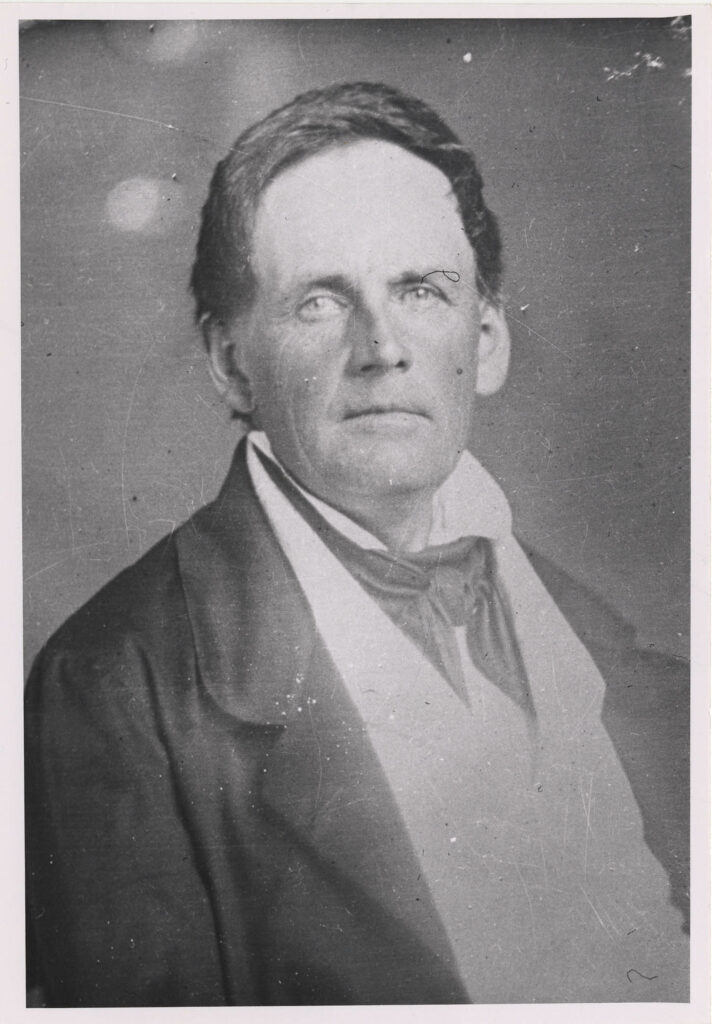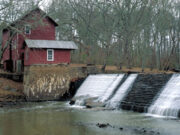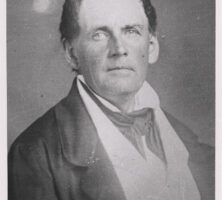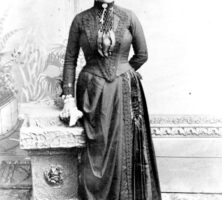Located in the old cotton plantation country of middle Georgia, Sparta is the seat of Hancock County. The town is situated near the fall line and lies roughly halfway between Macon and Augusta, twenty-three miles east of the old Georgia capital at Milledgeville, and sixty-five miles south of Athens.
Bearing a historic name, Sparta is a small town with a rich history. The historian Phinizy Spalding once wrote that those curious about Georgia’s cultural roots might find answers “in that remarkable small town of Sparta where both races have seen such travail but where they have somehow survived and contributed to Georgia’s culture, via writing, education, and an extraordinary architectural legacy that cannot be equaled elsewhere in the state.”
Hancock County was created in 1793. Official records dating from 1795, the year Sparta was established, remain in the county courthouse. The town possibly got its name after one observer noted that the frontiersmen involved in the Creek Indian wars (1811-15) fought like ancient Spartans. Another version of the name’s origin comes from county historian Forrest Shivers, who found that the name first appeared in correspondence dated July 4, 1794, when concerned citizens gathered for a patriotic celebration and addressed a report to U.S. president George Washington. The gathering place had previously been called “Major Abercrombie’s.”
Major Charles Abercrombie laid out the town from his own lands in 1795, and his former home still stands on Maiden Lane. Rabun Street, named for Matthew Rabun, the father of Georgia governor William Rabun, became known as Maiden Lane when Sparta’s Female Model School was organized there in 1831. Before the Civil War (1861-65) Hancock County was a leading cotton producer, and the wealth created by the plantation system was reflected in the town. By 1803 Sparta was one of only five towns in the state to have a newspaper, and the town had also begun a subscription library.

William Terrell’s magnificent Federal house still adorns the entrance to Sparta from the north. In addition to assembling a library for the state legislature and establishing at the University of Georgia the first “generously endowed” agricultural professorship in the United States, Terrell was a founder and the first president of the Hancock Planters Club, one of the earliest such organizations in the South. Terrell died on July 4, 1855, and is buried in Sparta’s historic cemetery.
The cotton culture continued to be the mainstay of Hancock County’s economy after the Civil War. David Dickson, Georgia’s leading planter for years, found ways to employ freedmen and again became wealthy. He died in 1885, leaving his estate to his daughter Amanda America Dickson, whose mother had been a household enslaved laborer. By the time of her death in 1893, Dickson was widely acknowledged as the richest African American woman in the country.

Sparta grew during the early twentieth century, acquiring commercial banks, warehouses, cotton gins, and a textile mill. During this era of prosperity, many remarkable homes were built in town. In the early 1900s the banker John D. Walker built the Walker-Moore house on Maiden Lane in the modern style of the Greene Brothers, who were early-twentieth-century California architects. In 1906 the Burwell-Goss house, a Neoclassical columned mansion on Hamilton Street, was built. Telephones, electricity, and municipal water and sewerage also came to Sparta early in the new century.
The town’s prosperity ended with the coming of the boll weevil and the cotton crash after World War I (1917-18). Sparta’s banks collapsed, and a long depression continued for years. The county lost more than a third of its population, and although the timber industry in the area expanded, its growth could not overcome the losses.
In 1921 writer Jean Toomer arrived in Sparta to work as the substitute principal at a Black industrial school. Toomer’s experiences in the community inspired his acclaimed novel Cane (1923).
The 2020 U.S. census recorded the population of Sparta as 1,357. Between 1990 and 2000 the city’s population decreased by 11 percent, while Georgia’s overall population grew by 26.4 percent. One reason for Sparta’s loss of population may be the decline of small-town trading centers.
Sparta’s economy is based on public payrolls (including a large staff at the state prison), welfare, and such small businesses as the French firm Saint Gobain Desjonqueres, which produces hand-painted perfume bottles. Portions of the county near Lake Oconee and Lake Sinclair draw hundreds of hunters each year, and Georgia highways 16 and 15, which run through the county, are designated scenic routes.
Points of interest include the Sparta-Hancock Museum, the Sparta-Hancock County Historical Society, and the Historical Room in the Sparta-Hancock County Library.








